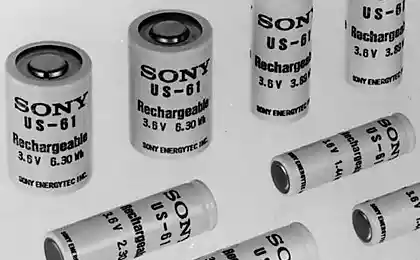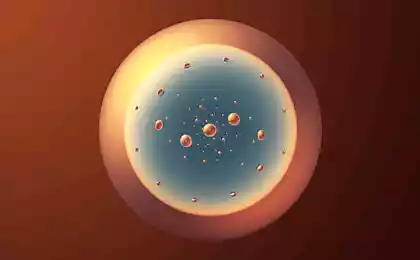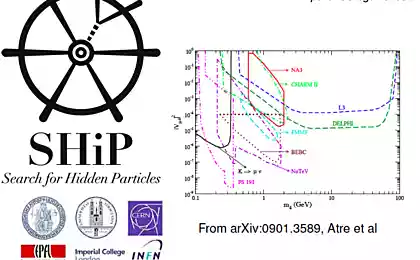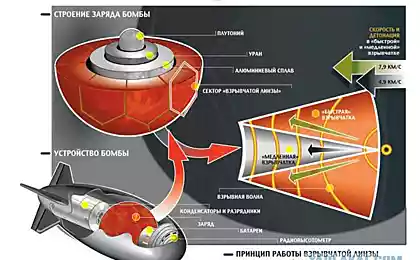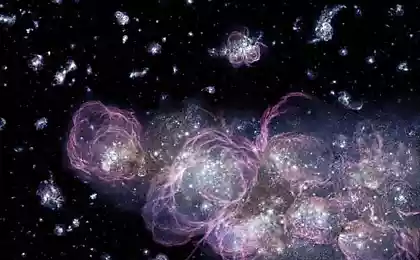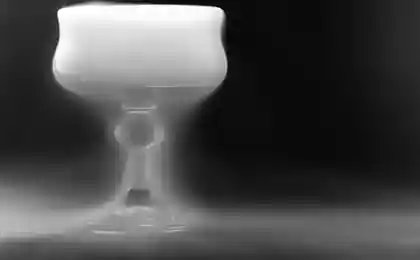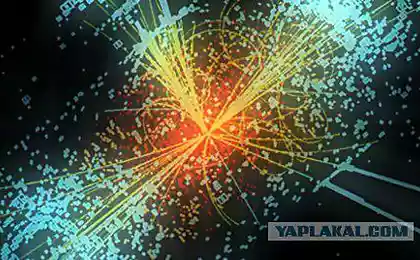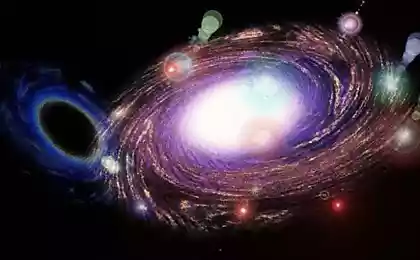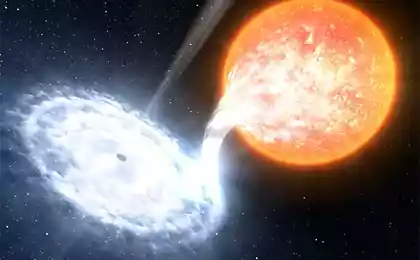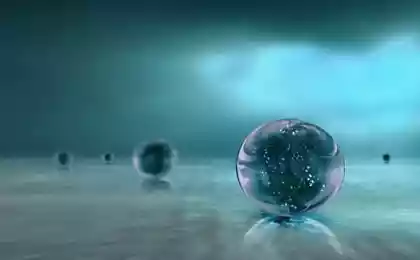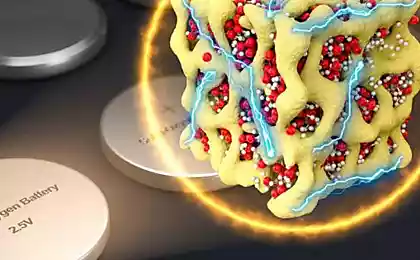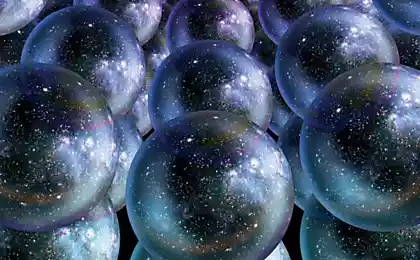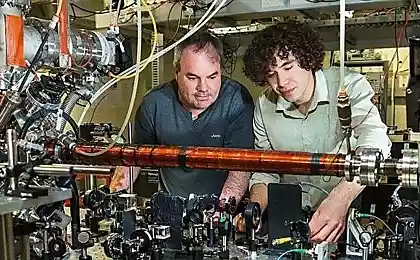477
A new elementary particle can solve the mystery of the missing lithium
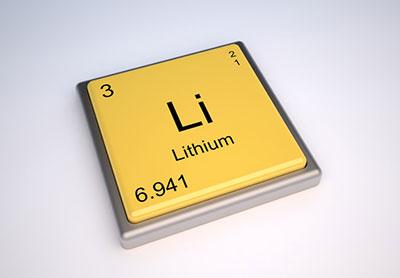
A new elementary particle X, not predicted by the Standard Model can explain the mystery of divergence of predictions about the amount of lithium in the universe with its observable quantity. This was reported in his work an international team of physicists, working under the direction of Maxim Pospelov of the Canadian Institute for Theoretical Physics.
Riddle lithium deficiency is that in comparison with the predicted amount of the substance, which was formed shortly after the Big Bang, it is observed in the universe at least three times. The existence of a new particle not yet been confirmed, and physics have already appointed its responsible for the disappearance of lithium.
According to the theory of the Big Bang nucleosynthesis (BBN), shortly after this epochal event (in the range from 10 seconds to 20 minutes), the protons and neutrons in the nucleus began to coalesce. The result is a deuterium, a large amount of helium-4 and helium-3 a little. Their combination has generated beryllium-7, which is then collapsed to the lithium-7.
cosmic microwave background radiation observations give us the exact ratio of the photon-baryon, with the result that the theory allows us to calculate the proportion, in which there were different kernels. And helium and deuterium is very well fit into these calculations. But Li disappoint - it is observed 2-5 times less (depending on the counting equipment).
While astrophysicists continue to search for process in the stellar atmosphere, which could be responsible for reducing the amount of lithium. But physicists propose another theory - the unknown particle X, which may be encountered in the LHC researchers could interact with the protons and neutrons, shortly after the Big Bang, and the resulting impact on the amount of lithium
. New charged particle must be sufficiently stable and have a weight of 1, 6 to 20 MeV. It could break beryllium helium-3 and -4 prior to disintegrate before the lithium-7, deuterium or break, which would lead to the exit of neutrons, which, in turn, would destroy the lithium and then be recombined with protons, resulting in a final amount of deuterium would have remained virtually unchanged.
Pospelov also claims that their new particle would fit perfectly in the role of a mediator between the ordinary and dark matter, because such a particle tipped weight just 10-30 MeV.
The situation is complicated by the fact that the supposed particle X, described in the article - is not the same, which recently may have stumbled researchers from CERN. This means that new particles beyond the Standard Model can be for as much as two.
In December last year, two independent teams of physicists from CERN, the European Organization for Nuclear Research, working on the Large Hadron Collider, reported seeing traces of unidentified particles not predicted by the Standard Model. In the case of confirmation of their findings, it could be the biggest discovery in physics.
So far, about this event the scientists have two suggestions. Potential new particle may be more severe version of the Higgs boson, responsible for mass or graviton - a carrier of gravity. If the existence of a new particle is confirmed, it will be more serious than the opening of the Higgs boson, which only confirmed the existing theory.
Source: geektimes.ru/post/277022/
Information security Singapore style: all officials disconnected from the Internet
On the mobile apps in the Soviet Union
